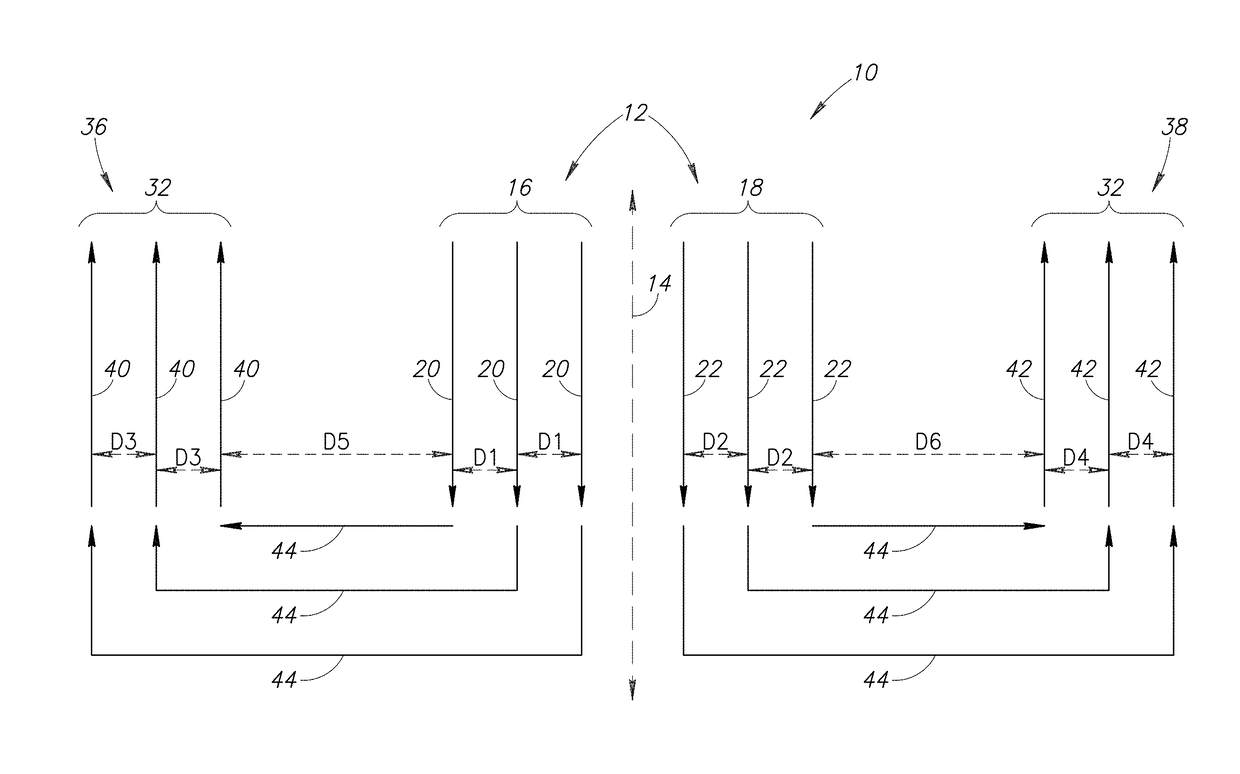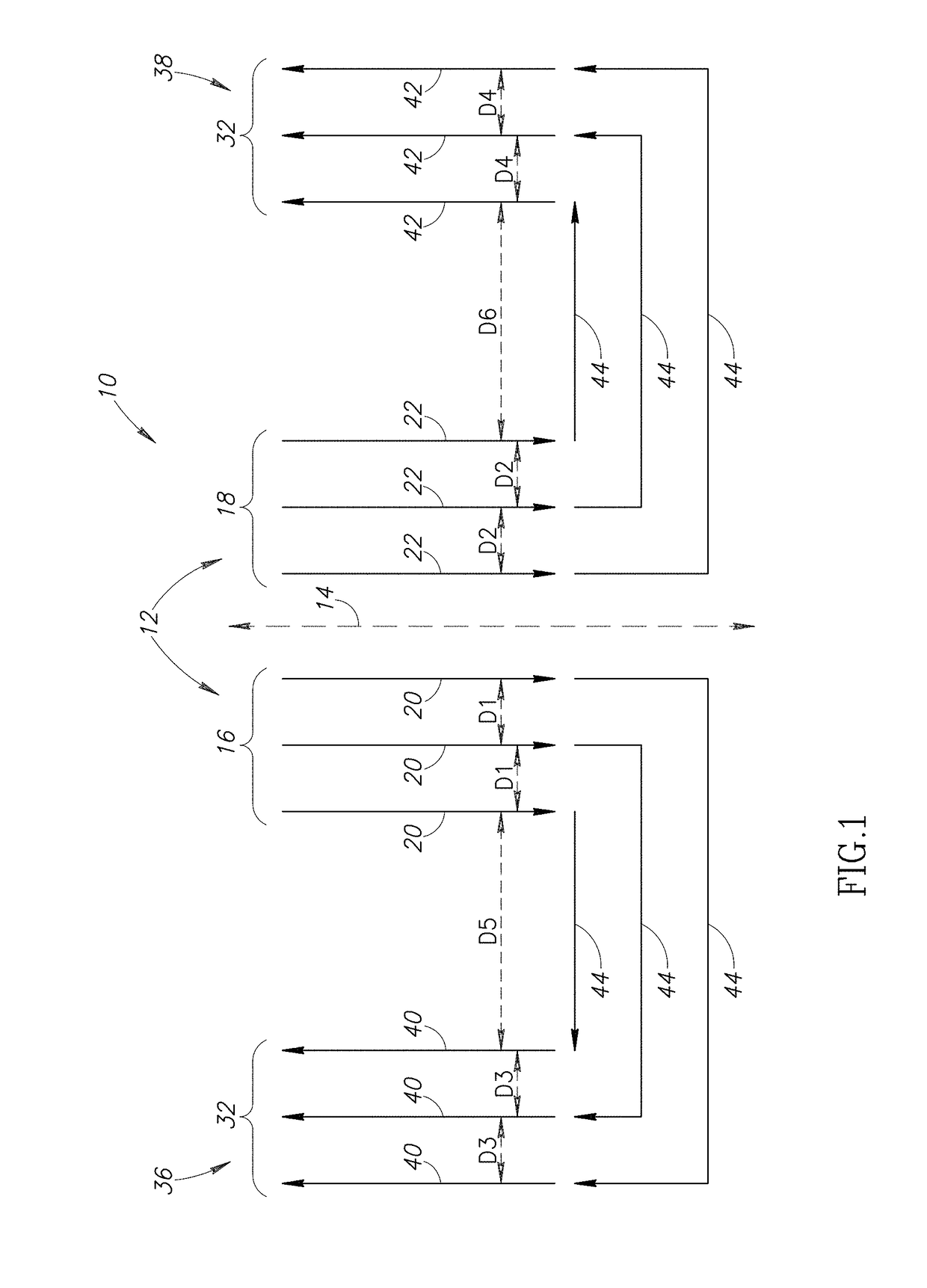Central base coils for deep transcranial magnetic stimulation
a transcranial magnetic stimulation and central base coil technology, applied in the field of deep transcranial magnetic stimulation (tms) coil family, can solve the problems of low effect of affecting deeper neuronal structures, increase the risk of seizures, physiological damage to the tissue, etc., and achieve higher absolute electric field intensity, better depth penetration profile, and higher relative electric field intensity
- Summary
- Abstract
- Description
- Claims
- Application Information
AI Technical Summary
Benefits of technology
Problems solved by technology
Method used
Image
Examples
examples
[0127]In order for the designs of the central base coils described above to be effective, the designs must be efficient with respect to energy consumption, coil heating rate, compact size and ease of operation, and must guarantee that the motor threshold and stimulation intensity for most of the relevant population is within an acceptable range with respect to available stimulators power outputs. In order to test these parameters and the efficacy of each coil for the particular indication, the following experiments were carried out.
[0128]Reference is now made to FIG. 18, which is an illustration of electric field distribution maps of coil 110 of FIG. 5. The field distribution produced by coil 110 was measured in a human head phantom model. The probe was moved in three directions inside the phantom model using a displacement system with 1 mm resolution, and the field distribution of coil 110 was measured in the whole head model volume in 1 cm resolution. Axial and coronal field maps ...
PUM
 Login to View More
Login to View More Abstract
Description
Claims
Application Information
 Login to View More
Login to View More - R&D
- Intellectual Property
- Life Sciences
- Materials
- Tech Scout
- Unparalleled Data Quality
- Higher Quality Content
- 60% Fewer Hallucinations
Browse by: Latest US Patents, China's latest patents, Technical Efficacy Thesaurus, Application Domain, Technology Topic, Popular Technical Reports.
© 2025 PatSnap. All rights reserved.Legal|Privacy policy|Modern Slavery Act Transparency Statement|Sitemap|About US| Contact US: help@patsnap.com



